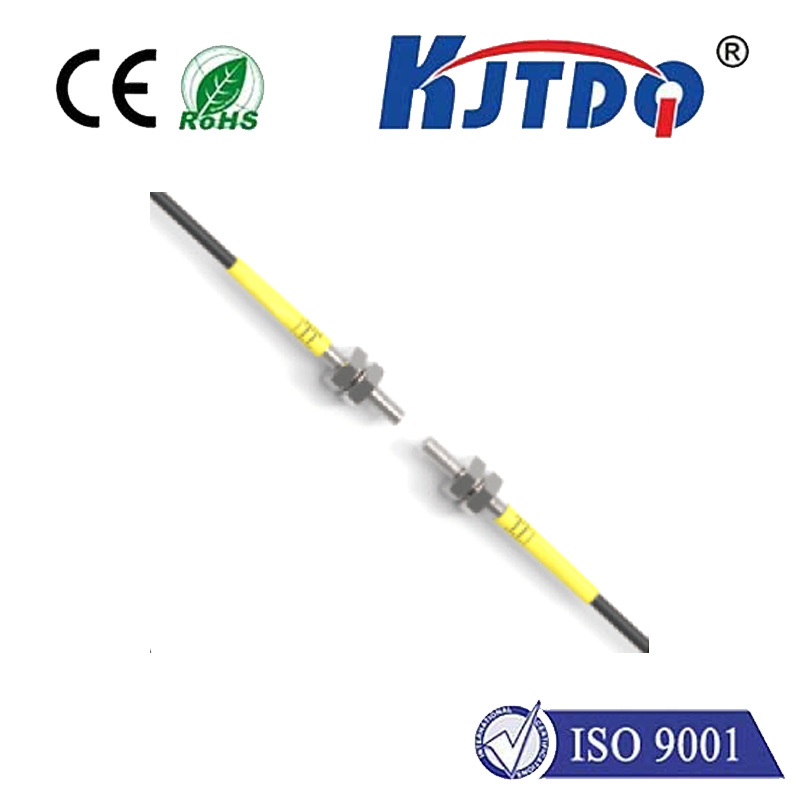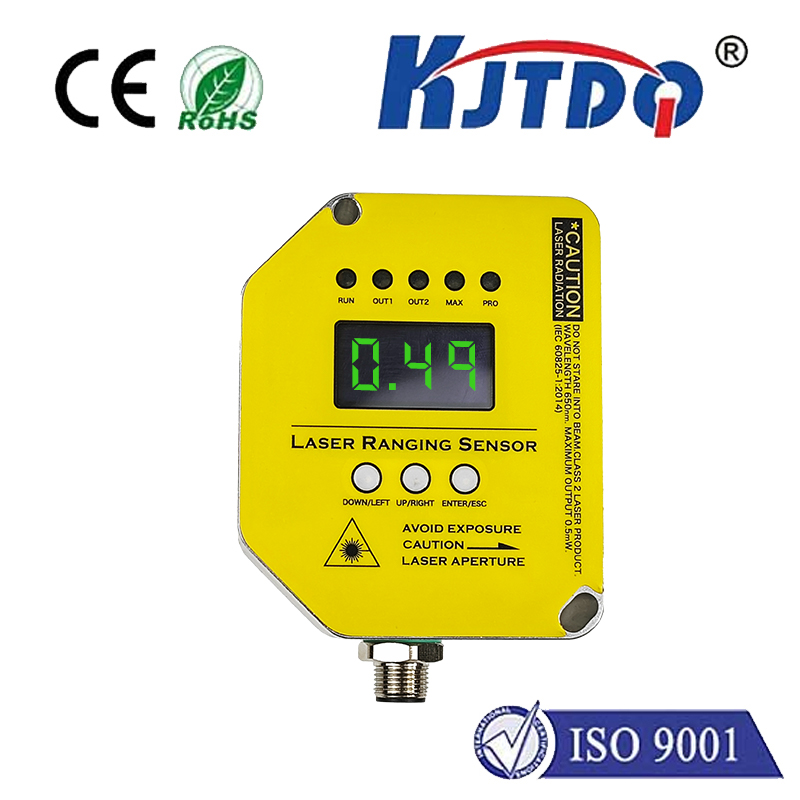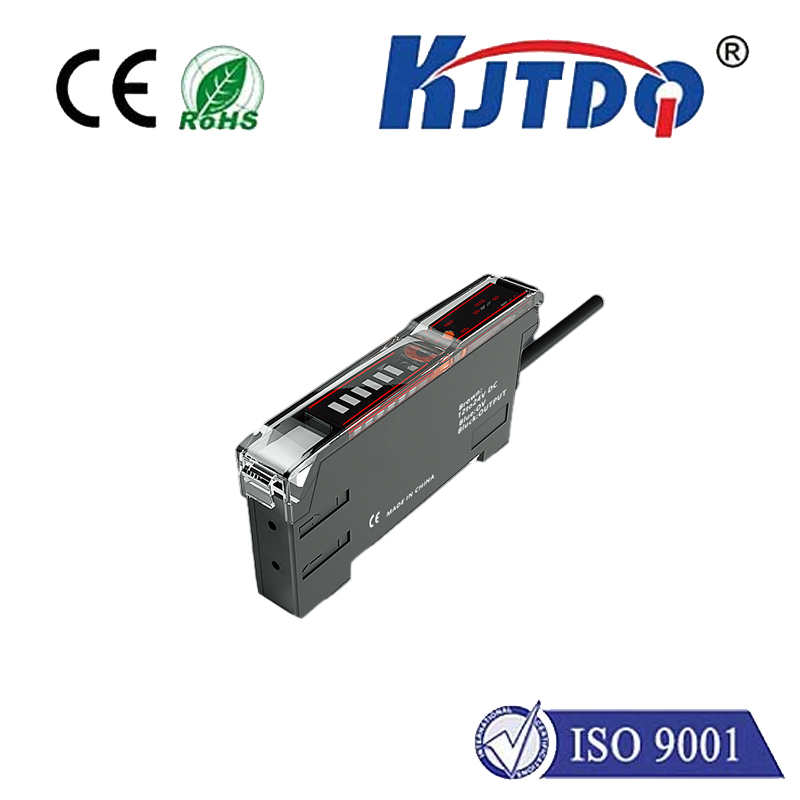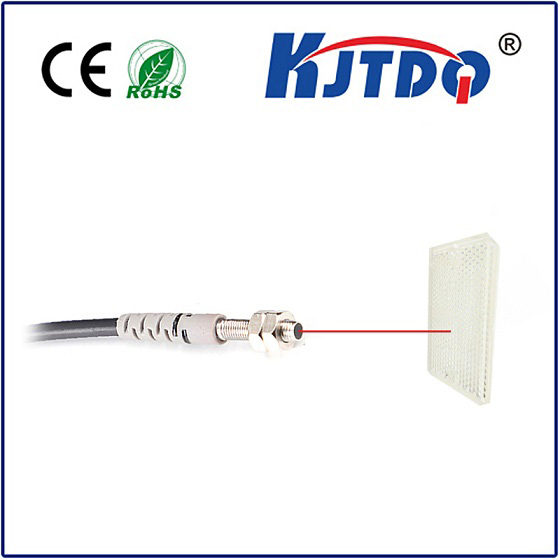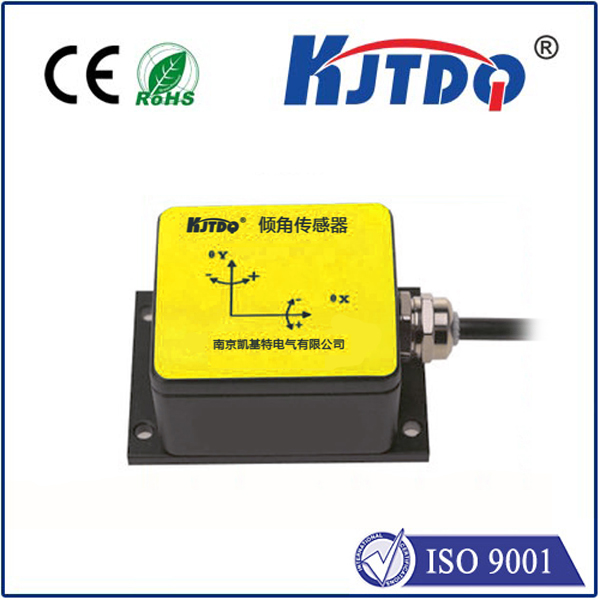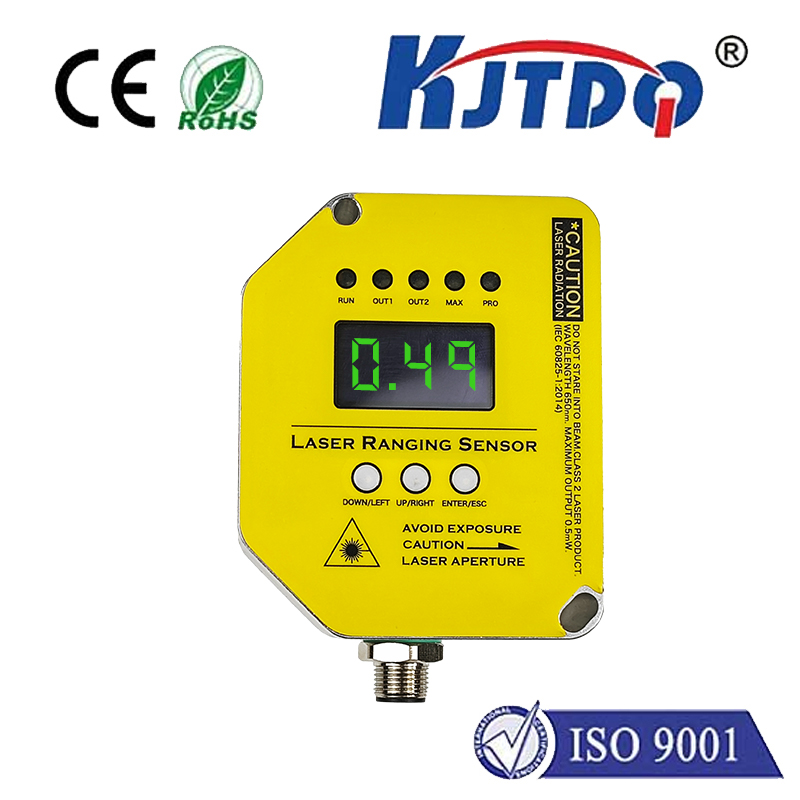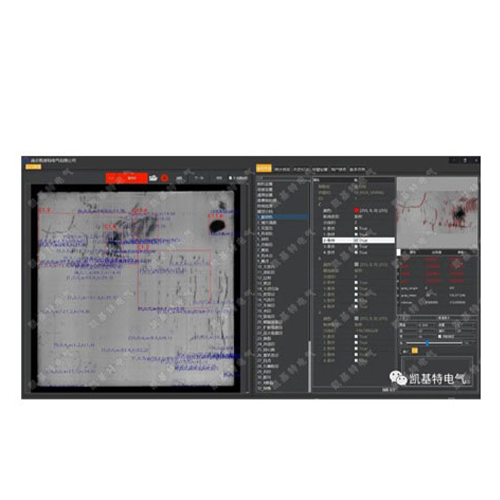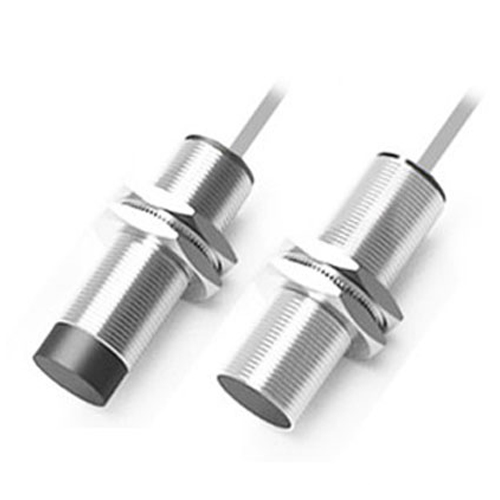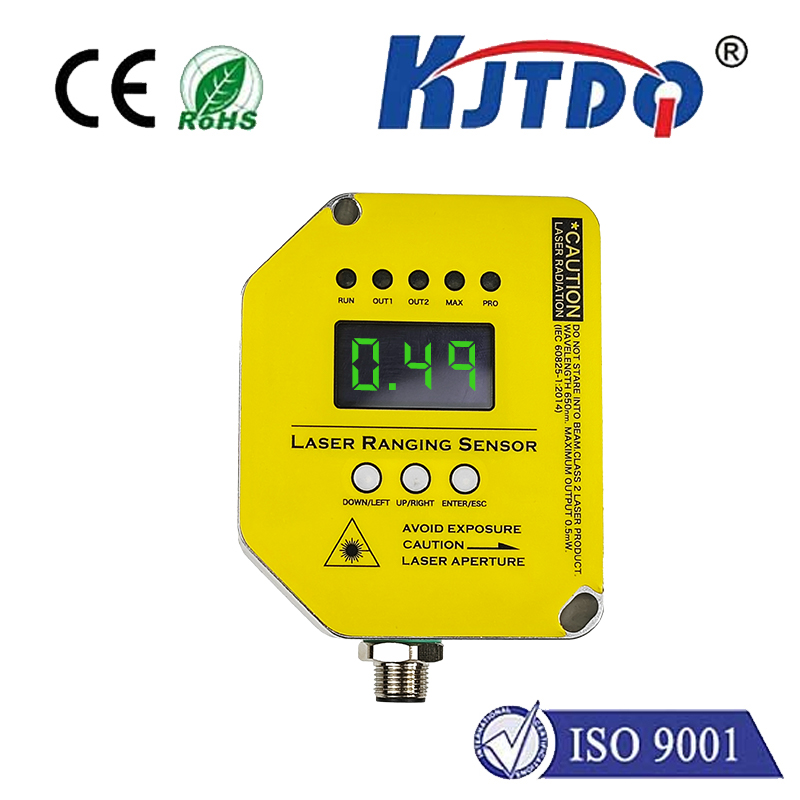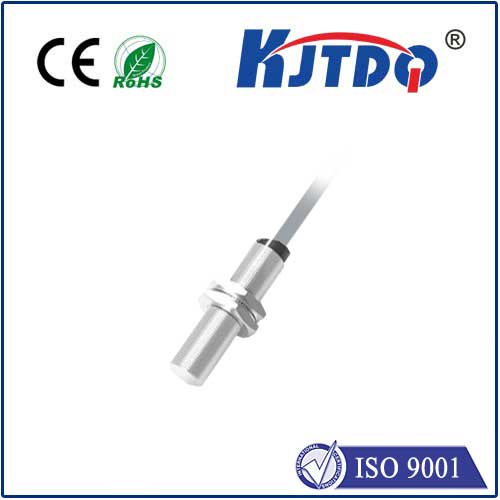выключатель высокого положения печи Армстронга
- time:2025-08-02 00:40:25
- Нажмите:0
Armstrong Furnace High Limit Switch: Your Unsung Guardian Against Overheating
Picture this: it’s the coldest night of the year, the wind howls outside, and your Armstrong furnace has been faithfully churning out warmth. Suddenly, it shuts down. No warning, just silence and the creeping chill. Before panic sets in, consider the silent sentinel standing guard within your heating system: the Armstrong furnace high limit switch. This small but critical component is a primary line of defense, preventing disaster by ensuring your furnace operates within safe temperature limits.
What Exactly is an Armstrong Furnace High Limit Switch?
Think of it as an essential thermostat for safety, not comfort. Strategically positioned within the heat exchanger compartment, the Переключатель верхнего предела constantly monitors the air temperature being produced. Its sole purpose is to act as an automatic cutoff switch if temperatures soar beyond a predetermined safe threshold – typically around 200°F (93°C) for most modern furnaces, though specific Armstrong models may vary slightly.
- How it Works: The switch contains a temperature-sensitive component (like a bimetallic strip or a thermistor) that physically reacts to heat.
- The Trigger Point: When the monitored air temperature exceeds the switch’s calibrated limit, this reaction physically opens an electrical circuit.
- The Safety Response: Opening this circuit instantly cuts power to the gas valve (in gas furnaces) or heating elements (in electric models), halting the heating process. Simultaneously, it often signals the furnace control board to shut down the blower fan after a short delay to dissipate residual heat. The furnace will remain in a safety lockout mode until manually reset (if it has a reset button) or the system cools sufficiently and cycles automatically, depending on the model and fault condition.
Why is this Guard Rail Absolutely Critical?

The Переключатель верхнего предела plays a non-negotiable role in your home’s safety and the longevity of your Armstrong furnace:
- Preventing Catastrophic Overheating: The most vital function. Excess heat can:
- Warp or crack the heat exchanger. A damaged heat exchanger can leak deadly carbon monoxide (CO) into your living space – an invisible, odorless gas with severe health consequences.
- Damage internal components like wiring, sensors, or the blower motor, leading to costly repairs.
- Create a significant fire hazard due to extreme temperatures near combustible materials.
- Enhancing System Longevity: By preventing repeated overheating cycles and associated stress, the switch helps extend the overall lifespan of your furnace.
- Providing Diagnostic Clues: A frequently tripping high limit switch is a major symptom that something else is wrong within the furnace system. It acts as a canary in the coal mine, signaling underlying issues that need attention.
Symptoms of a Tripped or Failing Armstrong High Limit Switch
Recognizing the signs that your Armstrong furnace high limit switch is persistently tripping or failing is crucial:
- Frequent, Short Cycling: The furnace runs for a few minutes, shuts off abruptly (often before reaching the thermostat setpoint), then restarts after a cooling period. This cycle repeats frequently.
- Complete Failure to Start/Blower Only Operation: The furnace won’t ignite at all, or the blower fan runs continuously without any heat being produced (a common lockout state).
- Furnace Lockout: Some models require a manual reset via a prominent red button on the switch itself after a high-limit trip. (Important: Resetting without diagnosing the cause is unsafe!).
- Burning Smells: Persistent overheating can sometimes cause components or accumulated dust to burn, emitting unusual odors.
- Excessive Heat from Furnace Cabinet: Feeling unusually intense heat radiating from the furnace cabinet when it’s running.
- Diagnostic Light Codes: Modern Armstrong furnaces feature diagnostic LEDs. Consult your specific model’s manual – a rapid or specific flash pattern often indicates a high limit fault.
Common Culprits Behind High Limit Switch Tripping
The switch itself can fail (mechanically or electrically), but more often, its tripping is a symptom of another problem forcing temperatures too high:
- Restricted Airflow (The Most Common Cause): Heat builds up because hot air isn’t being moved away efficiently. Causes include:
- Clogged Air Filter: The #1 offender. A dirty filter severely restricts airflow. Change your filter monthly during peak heating season!
- Blocked Vents or Registers: Furniture, rugs, or closed dampers blocking supply vents prevent heat distribution.
- Obstructed Return Air Vents: Lack of sufficient cool air returning to the furnace starves the system of air to heat.
- Dirty Blower Wheel or Evaporator Coil: Buildup on these components impedes air movement.
- Undersized or Leaky Ductwork: Ducts that are too small or have significant leaks cannot deliver enough air volume.
- Malfunctioning Blower Motor or Capacitor: If the blower fan isn’t running at the correct speed, or worse, not running at all when heat is called for, air isn’t moving.
- Incorrect Gas Pressure or Faulty Gas Valve: Too much gas entering the burners creates excessive flame and heat output.
- Over-firing Due to Incorrect Orifice Sizing: Rare but possible if modifications were made incorrectly.
- Faulty Thermostat: A thermostat incorrectly reading temperature or malfunctioning could cause the furnace to run longer than necessary.
- Mechanical Failure of the Switch: While less common than issues causing it to trip, the internal mechanism in the Переключатель верхнего предела itself can wear out or become uncalibrated over time.
Troubleshooting and Next Steps: Safety First!
- Step 1: Check the Obvious: Is your air filter clean? Are all supply and return vents open and unobstructed throughout the house? This solves a surprising number of issues.
- Step 2: Feel for Airflow: With the furnace running, check if strong airflow is coming from supply vents. Weak airflow points to a blockage or blower issue.
- Step 3: Listen: Is the blower fan actually running when the burners are lit? If not, that’s a critical problem.
- Step 4: Reset (With Caution): If you find a simple cause (dirty filter), fix it, then briefly press the switch’s reset button (if present). Observe operation.
Crucial Warning: If the furnace immediately trips the Переключатель верхнего предела again after resetting (even with a clean filter), if there’s no reset button, if you smell anything burning, or if you are uncomfortable performing any checks, STOP.
This is the time to call a qualified HVAC technician. Diagnosing gas pressure, electrical issues, blower motor problems, or internal heat exchanger condition requires specialized tools, knowledge, and safety protocols. A professional can accurately

